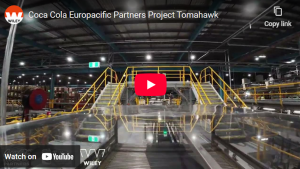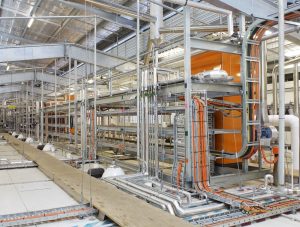There has been some movement in the development of the proposed new $2.55 billion Emissions Reduction Fund (ERF), the centrepiece of the Government’s Direct Action Plan to abolish the carbon tax and reduce Australia’s greenhouse gas emissions by 5 per cent below 2000 levels by 2020. You can read our previous updates on what the ERF means for the food industry here and here.
With the successful abolition of the carbon tax, effective from 1 July 2014, the Government is continuing to progress the ERF, recently releasing some of the initial 30 proposed methods for the ERF and calling for public comments. A method is a way in which an approved project proponent can access government assistance (credits for emissions) under the ERF.

Of the many methods available to the food industry (you can read our full run-down on the relevant ones here), three were recently progressed:
1. Alternative waste treatment method
This method covers projects that treat eligible mixed solid waste at an alternative waste treatment (AWT) facility. The AWT facility would need to recycle, resell or treat the waste rather than dispose of it in landfill. The method will cover construction of new AWT facilities and expansion of existing AWT facilities. Public submissions for this method have closed.
2. Project impact assessment method (industrial energy efficiency)
The draft project impact assessment method (PIAM), covering efficiency improvements in electricity use, is being extended to include emissions from direct fuel combustion. The PIAM will have three sub-methods to support a diverse range of activity-level industrial energy and fuel efficiency projects. Public submissions for this method have closed.
3. Facility method
This method, which will be available to facilities that report emissions under the National Greenhouse and Energy Reporting Scheme and that produce a saleable product, will give credits for verified emissions reductions per unit of output. The specific details will come out this month. Public submissions will then be due by 12 November.
Wiley’s Process Engineering Director, Steve Christie, reminds all food manufacturers to prioritise productivity gains over energy efficiency gains when considering bidding projects for the ERF.
“As I’ve said before, it makes better financial sense for food manufacturers to pursue productivity gains because the value of productivity gains far outweighs the value of the carbon credit.
“Under the facility method, if you can fill up your conveyor, you’d be not only putting through more units to sell, you’d be earning emissions reductions credits for every one of those units you put through. It’s a double win,” Steve said.

Steve also urges any organisations considering projects under the ERF to start planning their projects now and to give notice of intent to participate to the Clean Energy Regulator if they wish to start a project before the ERF legislation is passed (it’s currently before the Senate).
To be eligible, projects must be new, must not be required by law, and must not be likely to gain support under other government programs (some projects may be excused from this last requirement).
“With Wiley’s rare combination of both energy and productivity efficiency experience in the food industry, we’re an obvious choice to assist you to plan, design and construct your ERF projects,” Steve said.



